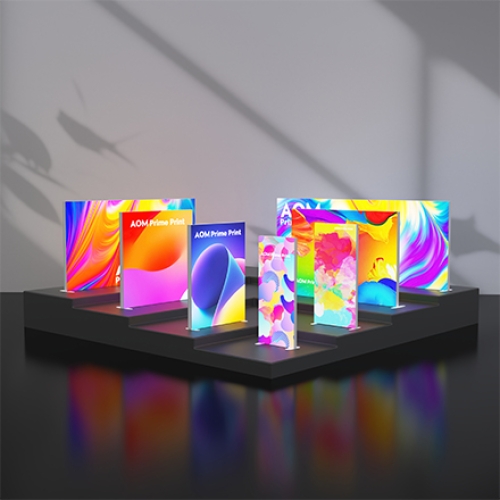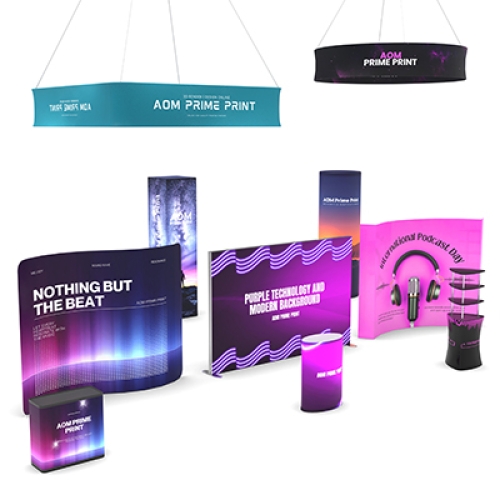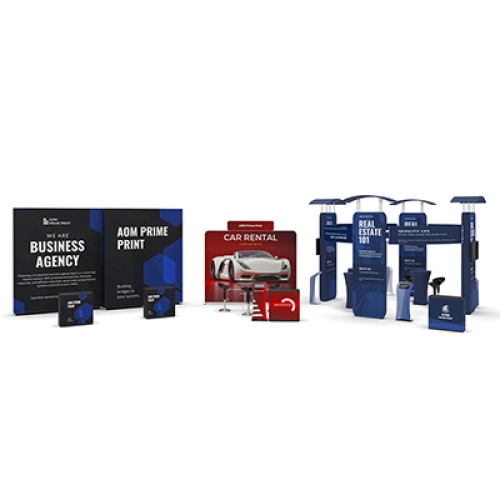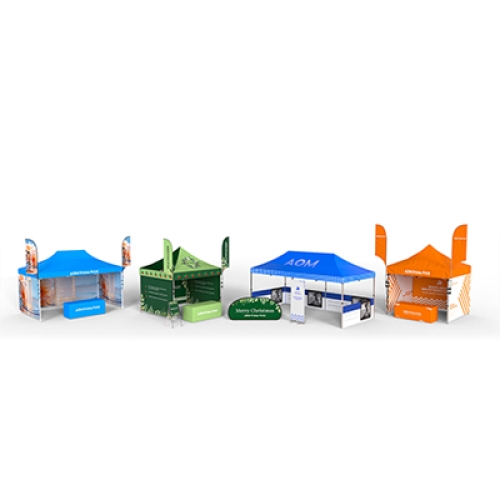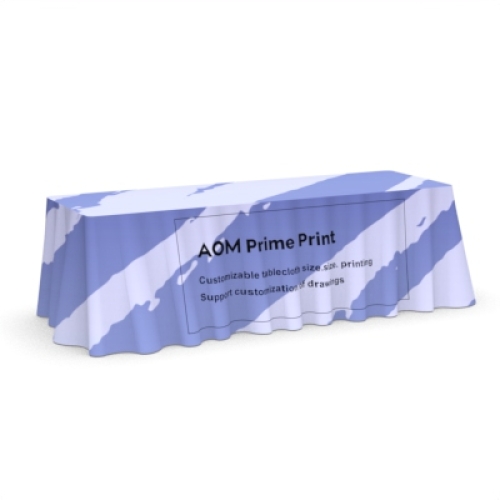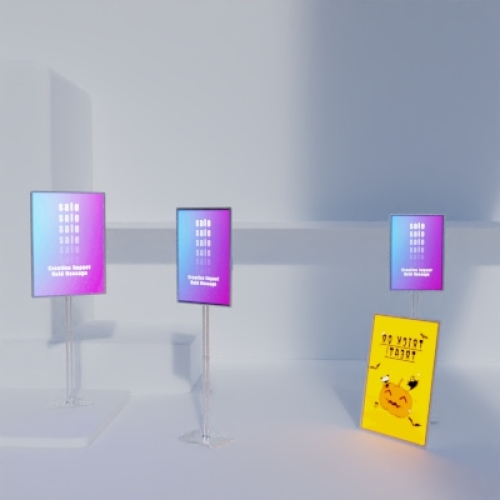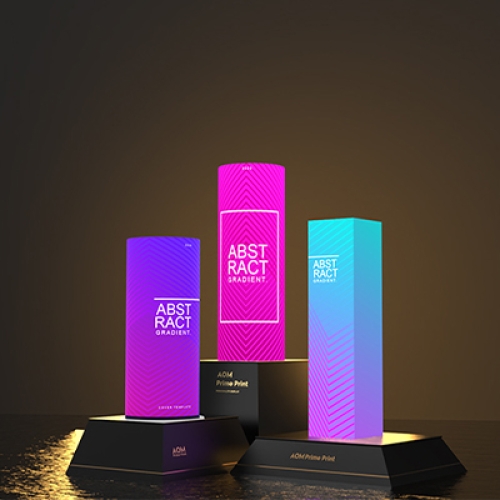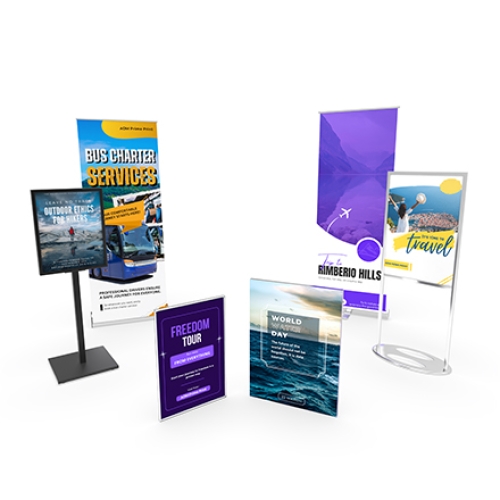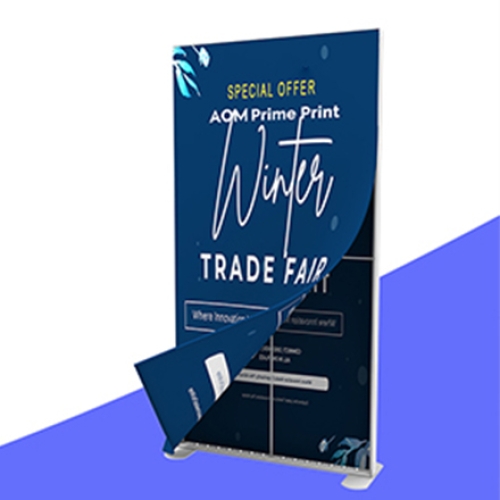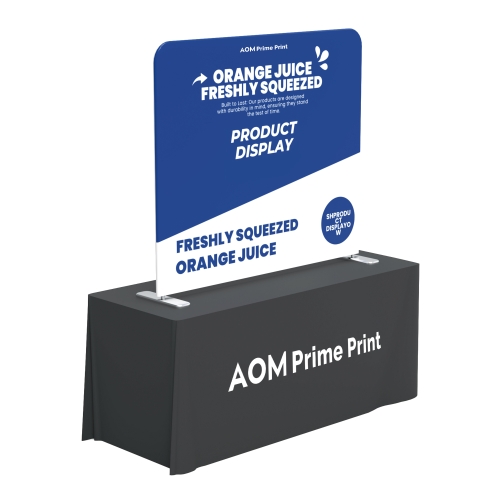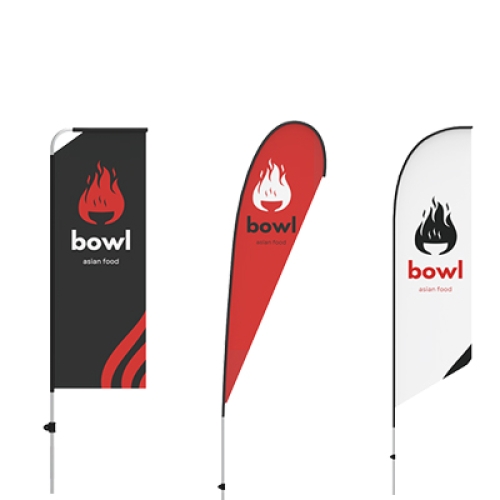Maximizing Trade Show Success: A Continuous Improvement Approach
February 11th 2025
Trade shows are dynamic environments where businesses strive to connect with customers, generate leads, and create brand awareness. While the initial buzz of the event can be exhilarating, the true value lies in your ability to learn from the experience and continuously improve your strategy for future events. Measuring trade show success is not a one-time activity but an ongoing process of refinement, data analysis, and strategic adjustment.
In this article, we’ll focus on how to leverage trade show metrics for continuous improvement, ensuring that each event builds on the last, leading to increasingly effective participation and a higher return on investment (ROI).
1. Setting Clear Goals: The Foundation for Continuous Improvement
The first step toward continuous improvement is to set clear, actionable goals for each trade show. Without defined objectives, you cannot measure what needs to be improved.
Why Goal Setting is Essential:
- Alignment with Business Strategy: Each trade show should serve a specific purpose aligned with broader business goals, whether it’s generating leads, launching a product, or enhancing brand awareness.
- Tracking Progress Over Time: Clear goals make it easier to track your progress from one event to the next, helping you identify areas of growth or stagnation.
- Refining Tactics: As you analyze your results against your goals, you can adjust strategies, such as booth design, staffing, or marketing, to achieve better outcomes in the future.
Example: A business attending a trade show to increase lead generation might set a goal of capturing 200 high-quality leads. After the event, they can evaluate whether they reached that goal, analyze which lead-generation tactics worked best, and adjust their strategy for the next show.
2. Measuring Key Metrics: The Data-Driven Path to Improvement
Once your goals are set, it’s time to collect data to evaluate performance. Regularly tracking key metrics and analyzing them helps identify patterns, opportunities, and areas for improvement.
Key Metrics to Measure:
- Lead Generation: Track the number and quality of leads captured. Evaluate the conversion rate from initial contact to post-show engagement.
- Booth Traffic: Measure foot traffic at your booth to understand the level of interest. More visitors often correlate with greater brand visibility, but the quality of those visitors is just as important.
- Sales Revenue: Direct and post-event sales can be tracked to assess the immediate and long-term financial impact.
- Engagement Duration: Longer engagement times generally indicate stronger interest in your booth and offerings. Focus on improving the elements that capture and hold attendee attention.
- Social Media Engagement: Track mentions, hashtags, and interactions across platforms. Higher engagement usually correlates with greater brand visibility.
3. Analyzing Data: Identify Opportunities for Refinement
After gathering data, the next step is to analyze it to identify trends, gaps, and areas of success or failure. This analysis is the foundation of continuous improvement.
Steps to Analyze Data for Improvement:
- Establish Baselines: Compare current metrics with past performance or industry benchmarks. This provides a reference point for future goals and areas for growth. For example, if you had 900 leads at your last trade show and 1,200 this year, you know your lead generation efforts have improved by 33%.
- Segment Data: Break your data down into relevant segments, such as demographics, lead quality, or engagement by platform. This helps you pinpoint specific strategies that resonate with different attendee groups.
- Spot Trends: Look for recurring patterns, such as peak traffic times or specific product demos that generated more engagement. This will allow you to replicate successful strategies and avoid less effective ones.
- Track ROI: Measure ROI by comparing total costs (booth setup, marketing, travel, etc.) against revenue or leads generated. This will help you assess whether your investment is paying off and where you can allocate resources more efficiently next time.
4. Applying Insights for Continuous Improvement
Continuous improvement isn’t just about gathering data; it’s about applying the insights gained to future events. As you assess what worked and what didn’t, use that knowledge to refine your approach.
Ways to Apply Insights:
- Refining Your Booth Design: If certain elements of your booth, such as interactive product demos, generated more engagement, consider investing more in those elements next time. Alternatively, if a particular booth layout didn’t draw as much attention, redesign it to encourage more interaction.
- Staff Training: Based on attendee feedback and performance metrics, adjust how your staff interacts with visitors. If certain team members excelled at engaging visitors and converting leads, replicate their approach in future trade shows.
- Lead Capture Strategy: If you found that certain methods of lead capture (e.g., using digital tools or gamification) produced higher-quality leads, focus on these tactics in your next event. Continually evaluate how leads convert post-show to refine your lead-nurturing strategy.
- Event Timing and Scheduling: If your analysis reveals that engagement peaked at certain times, schedule key activities like product demos or giveaways during those hours for maximum impact.
5. Gathering Team Feedback for Holistic Improvement
While metrics provide invaluable quantitative data, don’t overlook the qualitative feedback from your team. After each trade show, debrief with your booth staff and sales team to understand their perspectives on what worked and what didn’t.
Questions to Ask Your Team:
- What engagement strategies worked best?
- Were there any unexpected challenges that affected performance?
- What did visitors respond most positively to?
- Were there any missed opportunities for further engagement?
This feedback can provide insights that may not be immediately obvious from data alone, such as the emotional responses of attendees or issues with booth design or product demos. Use this input to refine both your booth and your approach for future shows.
6. Optimizing for the Future: A Continuous Feedback Loop
Once you’ve applied changes based on the current trade show, the process doesn’t stop. Each event should serve as a learning experience, feeding into the next with a continuous cycle of measurement, analysis, and refinement.
Steps to Build a Continuous Feedback Loop:
- Measure: Track key metrics and gather team feedback after each event.
- Analyze: Evaluate the data to understand what worked, what didn’t, and where you can improve.
- Adjust: Implement changes to your strategy, booth design, lead capture methods, and engagement tactics.
- Reassess: At your next event, measure again and continue refining.
Over time, this iterative process allows you to steadily improve your trade show performance, ensuring that your brand consistently stands out and your ROI increases with every event.
Final Thoughts: The Power of Continuous Improvement
Trade shows offer tremendous opportunities for growth, but the true value comes from leveraging data and experience to continuously improve. By setting clear goals, measuring key metrics, analyzing results, and applying insights, your business can refine its strategy and boost its ROI at each event. Embrace the cycle of improvement—because the best trade show performance is always just one step away from the next level.
Remember, the road to trade show success is a journey, not a destination. Each event is an opportunity to learn, adapt, and grow. By embracing continuous improvement, you’ll ensure that every trade show you attend is more successful than the last.
